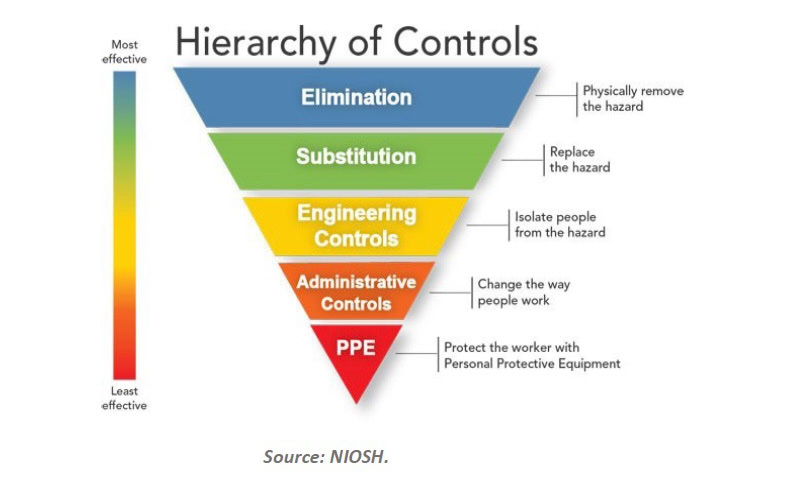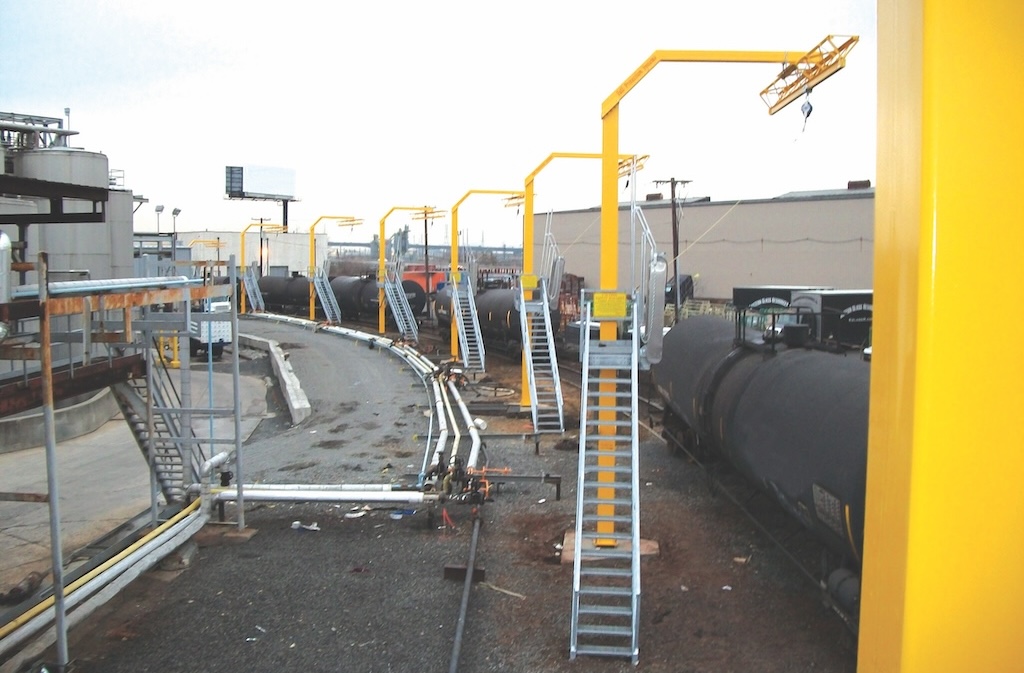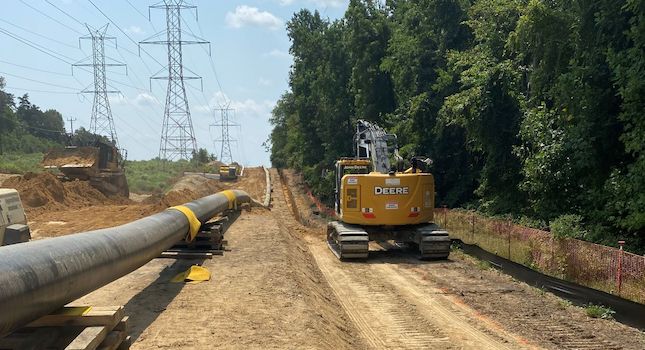Building Science Thermography is the use of infrared cameras as a non-invasive means to inspect, diagnose and monitor building conditions. Through thermal imaging, structural anomalies may be revealed and addressed more easily than by conventional inspection methods, saving time and costs and providing a safer building environment.
Building Science Thermography is the use of infrared cameras as a non-invasive means to inspect, diagnose and monitor building conditions. Through thermal imaging, structural anomalies may be revealed and addressed more easily than by conventional inspection methods, saving time and costs and providing a safer building environment.
Condition Monitoring (CM), also called Predictive Maintenance (PdM), via infrared cameras enables CM technicians and materials & reliability engineers to monitor and verify optimum equipment operation — all in real time. Handheld thermal imaging systems find problems, prevent unscheduled downtime, identify corrective action and improve plant safety, saving time and money in a wide range of commercial and industrial facilities worldwide.
Once you have the right tools in hand, the key to their optimal use is training, ensuring that that a CM or Building Science program is as effective as possible. The Infrared Training Center headquartered in Boston has become the world leader in thermography course instruction, with training facilities throughout North and South America, Europe and the Asian Pacific Rim.
“A common mistake people make when selecting an infrared camera is that they don’t understand the differences in resolution between detectors,” said Bernie Lyon, certified ASNT NDT Level III Thermographer and Instructor. “A 120×160 detector has 19,200 pixels; however a 320×240 detector has four times the resolution at 76,800 pixels. This means you can see all targets much more clearly, while temperature measurement capabilities are much stronger. So, the application the IR equipment is going to be used for and the level of detail required, will help determine the best camera to get. At ITC we stress how using the right tools for the job will optimize the results and enhance the career path of our students.”
Originally founded as an infrared camera operator training class, ITC has evolved over the past 25 years into a comprehensive infrared instruction organization, offering a predictive maintenance certification program that stresses operator training as well as infrared theory and applications. Courses offered include: complete thermography training and certification through three ANSI-recognized levels for those thermographers primarily focused on CM and research and development applications, as well as specialty instruction in applications such as electrical system and roof inspections, and building diagnostics.
ITC director Dr. Robert Madding is an expert in the field of IR thermography. He started in 1972 as a researcher doing airborne IR thermography of electric power plant heated water discharges, and rapidly aspired to learn and develop IR thermography applications throughout industry
While ITC is closely associated with infrared camera manufacturer FLIR Systems, Dr. Madding is quick to point out that the facility offers in-depth instruction on all types and brands of infrared equipment. “We will teach any brand of camera that a student brings to class.” he explains, “And the camera operation part of the class is just one day.
“We gear the balance of our course material to train our students in the fundamentals of thermal imaging. We emphasize applications and provide a foundation of underlying concepts for successful implementation. We progress into the latest technological breakthroughs and how to usefully incorporate these to help thermographers’ leverage this knowledge to the fullest into their careers.”
The benefits from a properly implemented thermography inspection program are numerous and considerable. As students become professional thermographers, they have the ability to help their employers or clients save time and money by improving equipment reliability through better condition based maintenance programs — maximizing equipment life, improving safety and averting unscheduled shutdowns. Infrared building diagnostic inspections used to locate structural and environmental issues provide the means to a safer work environment through early detection of building anomalies.
Through comprehensive infrared training, professional thermographers build confidence in their skills — for the building sciences learning how to inspect, diagnose and resolve numerous potential building issues such as internal ceiling and wall damage, heating and cooling loss through improperly insulated areas and moisture damage that can lead to mold growth from plumbing or rain water issues.
Condition monitoring technicians and facilities managers use infrared cameras to great effect to locate and identify potential equipment trouble spots including: machinery that is malfunctioning or needs maintenance, poor electrical connections and obstructed circulation systems and pipelines — are all revealed via thermal imagery.
A typical training class at ITC lasts one week and consists of in-depth instruction sessions, hands-on IR camera techniques, real-world thermography application examples, and ITC’s “tips and tricks” — information from experienced professionals in the field designed to give students an insider’s perspective of some of the issues they may encounter and how to best address them. All courses thoroughly cover all topics recommended in American Society for Nondestructive Testing guidelines and much more.
A final exam is given at the end of the instruction week — and professional thermographers who wish to receive their level I, II or III certification must complete a successful field examination as well. Infrared thermography certification is written proof of professional infrared qualifications.
ITC infrared certification verifies a thermographers’ successful completion of a training class that focuses on how to correctly operate an infrared camera in various environmental conditions, capture and collect quality thermal images and associated data, produce professional infrared inspection reports, and learn the techniques and parameters of infrared thermography for specific applications.
| Author Information |
| Gary Orlove, is a Senior Instructor at the Infrared Training Center, and is the Editor and Publisher of “InfraMation,” a monthly newsletter that serves the professional thermography community. He can be reached at [email protected] or (800) 464-6372. |



